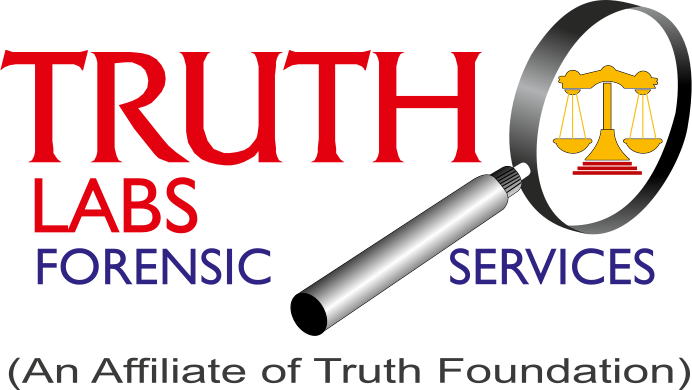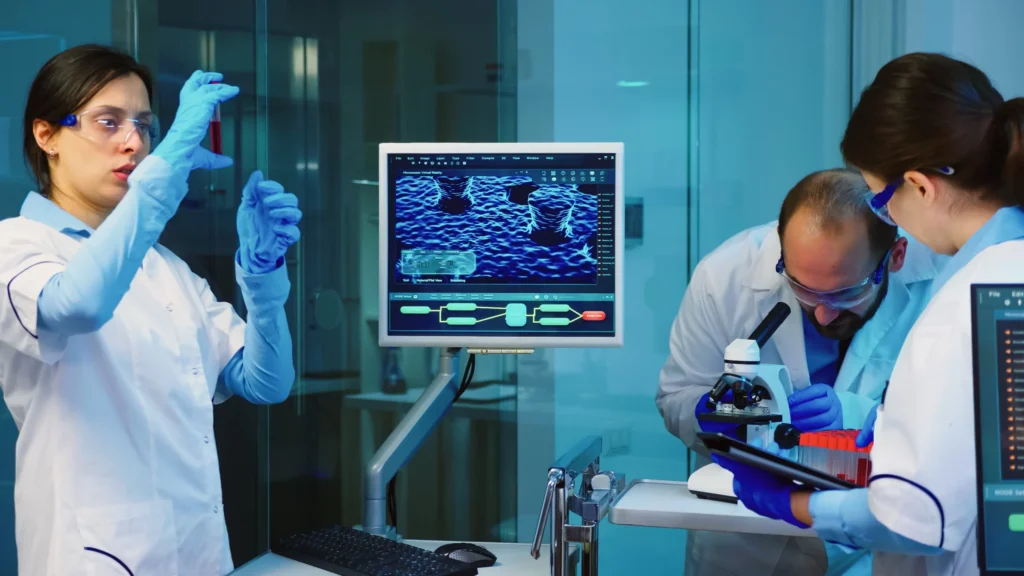Advancements in Forensic Science
Some of the advancements in Forensic Science that are rapidly transforming:
Strides in forensic technology are rapidly transforming criminal investigation, making crime- solving faster and more accurate than ever. Today, forensic scientists and technology companies are increasingly proactive when it comes to incorporating the latest forensic technology solutions for collection, analysis, and application of evidence. Application of cutting-edge technologies such as rapid DNA testing, automated fingerprint and facial identification, cloud forensics, facial reconstruction, alternative light photography, massively parallel sequencing (MPS), and laser ablation inductively coupled plasma mass spectrometry (LA-ICP-MS) is making investigative processes more advanced and effective. Hence, modern forensic technologies are playing an integral role in reducing the global crime rate and creating a fairer criminal justice system.

Increasing rate of violent crimes including homicide and sexual assault across the globe, growing number of unresolved criminal cases, rapid adoption of advanced forensic technologies, and increasing government initiatives to fund forensic laboratory facilities are among the major factors driving increased applications of forensic technology in biodefense and bio-surveillance, rising incidences of cybercrime, and evolution of cyber forensics and digital forensics that provide greater impetus to effective criminal investigations.
Today, forensic scientists rely on next-generation DNA analysis techniques and technologies to solve cases and fight crime. Some of the most exciting innovations that are raising the bar for modern forensic science are discussed below:
- DNA Phenotyping
- Biosensors for forensic analysis
- Isotope Detection
- Forensic Palynology
- Carbon Dating
- Forensic Glass Analysis with LA-ICP-MS
- Immunochromatography
- Steam thermography
- Frontal x-rays
- Bacterial oral decomposition
- 3-D fingerprinting
- Time-Tracing Fingerprint Technology
- Stable Isotopes Technology of Water for Geo-locating a Suspect or Victim
- Touch DNA
- Drones
- Google Glass
- Insights into the Differential Preservation of Bone Proteomes in Inhumed and Entombed Cadavers from Italian Forensic Caseworks
- Carbon Dot Powders with Cross-Linking-Based Long-Wavelength Emission for Multicolor Imaging of Latent Fingerprints
- Proteomics Offers New Clues for Forensic Investigations
- Integrating the Mas Spec Pen with Sub-Atmospheric Pressure Chemical Ionization for Rapid Chemical Analysis and Forensic Applications



